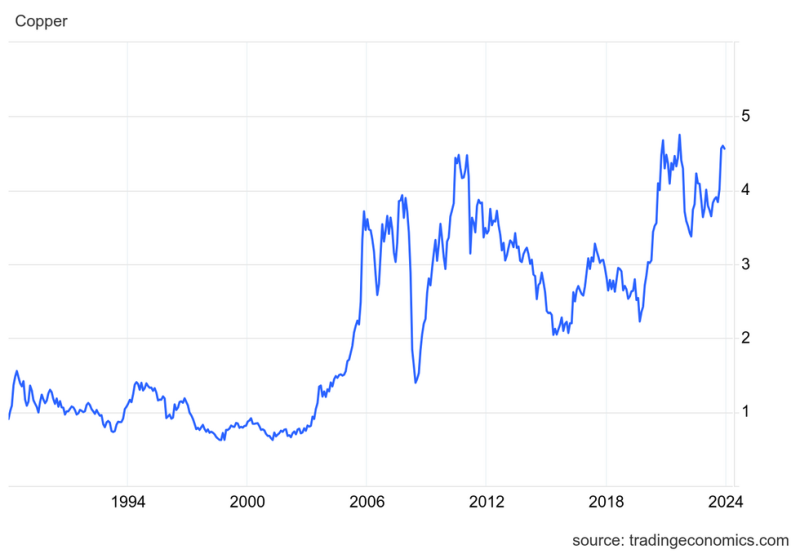
Copper Chronicles: Exploring Historical Price Trends (2024 Update)
Historical Copper Prices: Trends and Insights
Copper has a rich history dating back thousands of years, with its importance only growing stronger over time. As a highly versatile and essential metal, copper plays a crucial role in various industries such as construction, electronics, and transportation. This article explores the historical trends of copper prices and provides valuable insights into the factors influencing its fluctuation.
The Early Days of Copper Trading
The trading of copper dates back to ancient times when civilizations such as the Egyptians and Mesopotamians recognized its value. Copper was used for making tools, weapons, and jewelry, and its rarity contributed to its high value in ancient trade exchanges.
During the Industrial Revolution in the 18th and 19th centuries, the demand for copper surged as it became a key material in the development of machinery, infrastructure, and electrical systems. The establishment of copper mines worldwide further fueled the growth of the copper market, leading to the standardization of pricing and trading mechanisms.
The Influence of Global Events on Copper Prices
Historically, copper prices have been sensitive to global events and economic conditions. Wars, natural disasters, and political upheavals have all had a significant impact on copper prices. For example, during World War II, copper prices skyrocketed due to increased demand for military equipment and infrastructure rebuilding efforts.
More recently, the global financial crisis of 2008 caused a sharp drop in copper prices as demand weakened across various industries. Conversely, the rapid industrialization of countries like China and India during the early 2000s drove a surge in copper prices as construction and manufacturing activities boomed.
Technological Advancements and Future Outlook
Advancements in technology have also played a role in shaping the copper market. The development of electric vehicles, renewable energy systems, and smart devices has increased the demand for copper, as it is a key component in wiring, batteries, and circuitry.
Looking ahead, the future of copper prices will likely be influenced by factors such as sustainable practices, global economic growth, and geopolitical tensions. As the world transitions towards a greener economy, the demand for copper in renewable energy infrastructure is expected to rise, driving prices higher.
In conclusion, the historical trends of copper prices highlight the metal’s enduring value and importance in various industries. By understanding the factors influencing copper prices, investors and industry stakeholders can make informed decisions to navigate the dynamic copper market successfully.
